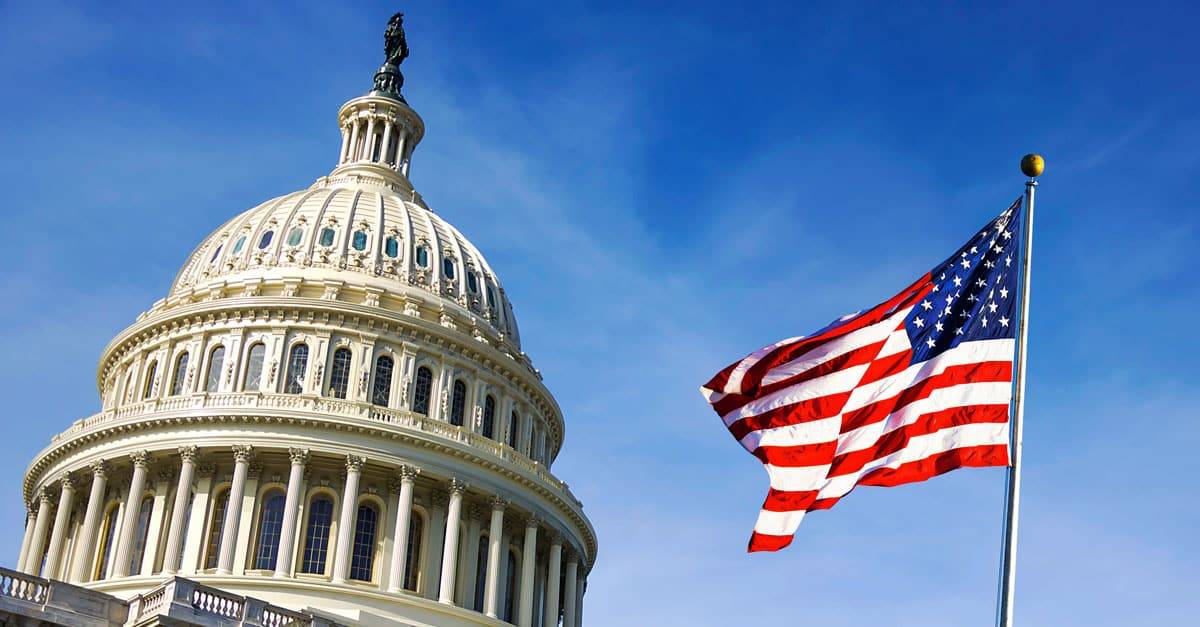What Is the Debt Ceiling?
If the government needs to borrow more money to cover its debt than is approved by the federal government, the debt limit must be raised or suspended. Congress set the debt ceiling in 1917 to control the maximum amount of outstanding federal debt that the U.S. government could endure. After the Treasury reached its debt ceiling of $31.4 trillion in January 2023, Congress agreed in June of the same year to postpone it until January 2025. Over the past decade, Congress has approved trillions of dollars in spending, making the U.S. debt triple since 2009.
National Debt Paid Once in History
Increasing the debt ceiling has been a reasonably common procedure for Congress for much of the last century. When the Treasury was unable to pay the government’s obligations, Congress responded quickly and sometimes unanimously to raise the loan ceiling. Congress has lifted the border 78 times since 1960, the last in 2021.
Three Main Reasons
Today’s deficits are primarily the result of well-known structural reasons: the ageing baby boom generation, rising healthcare spending, and a tax system that doesn’t generate enough revenue to cover what the government has promised its residents. In addition, the COVID-19 pandemic accelerated an already unsustainable financial track.
Still, the healthcare system in the United States is the most expensive in the world, but it does not offer better overall health outcomes. Then the tax structure in the United States does not generate enough income to finance the expenses. This rapidly growing gap between income and expenditure leads to steadily growing annual deficits, leading to an increase in public debt.
Your Wealth, Our Priority: Altoo's Consolidation Power, Secure Document Management, and Seamless Stakeholder Sharing for High Net Worth Individuals. Preview Platform.
The federal government of the United States has had a continuously fluctuating state debt since its founding in 1789, with the exception of about a year during 1835–1836, a time when the nation had fully paid off state debts during the presidency of Andrew Jackson.









